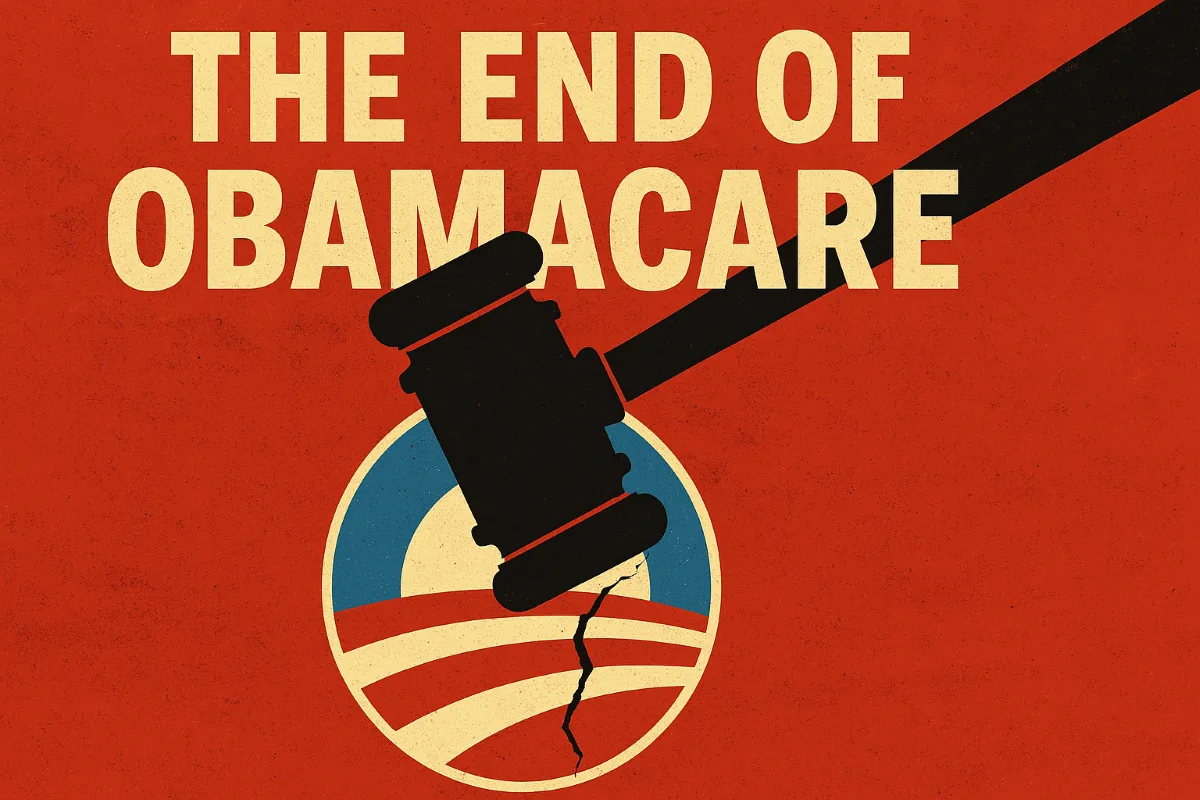Santa Ana, CA — With uncertainty surrounding the future of the Affordable Care Act (ACA), many Orange County residents are asking: What happens if federal funding for Obamacare disappears? For thousands of low-income families, health coverage is not just a policy debate—it’s a lifeline. Fortunately, California offers several strong alternatives that can help keep our community healthy.
Medi-Cal: California’s Backbone for Low-Income Care
Medi-Cal remains the most reliable option for those struggling financially. It provides free or low-cost coverage for doctor visits, hospital care, prescriptions, and even dental services. Eligibility is based on income and family size, and recent changes mean immigration status no longer affects eligibility.
Orange County residents can apply through BenefitsCal.com, call 1-800-281-9799, or visit local Social Services Agency offices. Most Medi-Cal members here are served by CalOptima Health, which connects patients to over 7,000 providers.
Covered California: Affordable Plans for Working Families
For those who earn too much for Medi-Cal but still need help, Covered California offers subsidized health plans. Many families qualify for significant premium assistance—sometimes even zero-dollar monthly plans. Visit CoveredCA.com to explore options.
Community Clinics: Care Without Insurance
Santa Ana and surrounding cities have a strong network of free and sliding-scale clinics:
- Lestonnac Free Clinic (Orange) – Free medical, dental, and vision care.
- Hurtt Family Health Clinic (Tustin) – Primary care, dental, and mental health on a sliding scale.
- Share Ourselves (Costa Mesa) – Comprehensive health and behavioral services.
These clinics ensure that even without insurance, residents can access essential care.
Public Health Services
The Orange County Health Care Agency offers immunizations, family planning, STD/HIV testing, and more. Call (800) 914-4887 or visit their website for clinic locations.
Hospital Charity Care
Local hospitals like UCI Health, Hoag, and Providence St. Joseph provide charity care programs for uninsured patients. UCI Health, for example, offers full discounts for families earning up to 400% of the federal poverty level.
Why This Matters for Santa Ana
Santa Ana is home to many working-class families who rely on affordable healthcare. Losing ACA funding would be disruptive, but California’s safety net—Medi-Cal, community clinics, and charity programs—remains strong. The key is awareness: knowing where to turn when coverage is at risk.
Need Help?
Start with BenefitsCal.com for Medi-Cal or CoveredCA.com for marketplace plans. For immediate care, check out local clinics like Lestonnac or Hurtt Family Health Clinic.
How Americans contribute to their own Health Care Problems
- 90% of Americans have a poor diet, and only 10% eat enough vegetables; just 12% eat enough fruit.
- 25% of adults do no exercise at all outside of work.
- Only 25% meet physical activity guidelines, and fewer than 1 in 10 meet dietary recommendations.
Health Consequences
- Poor diet and inactivity increase risk for obesity, heart disease, stroke, type 2 diabetes, certain cancers, and depression.
- 40% of U.S. adults are obese, and obesity-related conditions are among the leading causes of preventable death.
- About 8.3% of all U.S. deaths are linked to inadequate physical activity alone.
Mortality and Morbidity
- Poor diet contributes to over 1 million deaths annually from diet-related diseases like cardiovascular disease and diabetes.
- Sedentary behavior combined with inflammatory diets raises all-cause mortality risk by 50% compared to active lifestyles with healthy diets.
Economic Impact
- Poor diet costs $50 billion annually in health care for cardiometabolic diseases (heart disease, stroke, diabetes).
- Physical inactivity costs $192 billion annually, about 12.6% of total U.S. health care spending.
- Combined, unhealthy lifestyles drive hundreds of billions in costs and account for 75% of chronic disease spending.
Bottom Line:
Poor diet and lack of exercise are among the most preventable causes of chronic disease, premature death, and soaring health care costs in the U.S. Improving nutrition and physical activity could save millions of lives and hundreds of billions of dollars.
